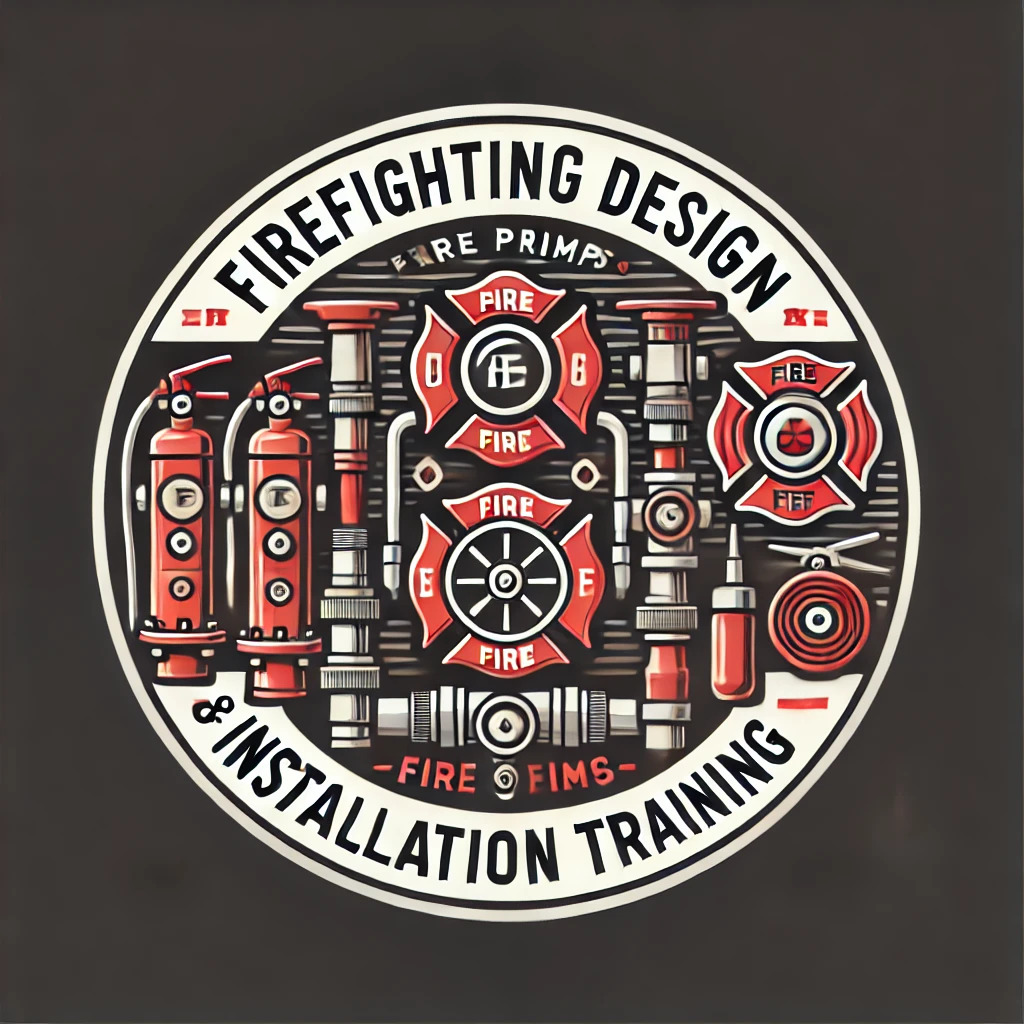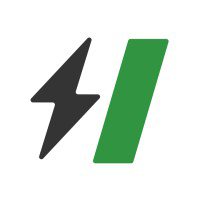FIREFIGHTING DESIGN & INSTALLATION
v Chapter-1
Ø Fundamentals in Fire Fighting
Ø Fire Fighting Design concepts & scope
Ø Overview of Building safety codes for Safety-NFPA, IBC & QCDD.
Ø Fire Triangle concepts & cause of fire.
Ø Types of system & Equipment in Fire Fighting
v Chapter-2
Ø NFPA-10-Fire Extinguisher:
Ø Types of Hazards
Ø Fire Extinguisher types
Ø PASS procedure
Ø Fuel classifications
Ø Application of fire extinguishers
Ø Selections based on different fuel classifications
v Chapter-3
Ø NFPA-13-Sprinkler System:
Ø Basics of sprinklers
Ø Types of sprinklers
Ø Types of sprinklers system
Ø Wet sprinkler system
Ø Dry sprinkler system
Ø Pre-Action sprinkler system
Ø Deluge sprinkler system
Ø Characteristics of sprinklers
Ø Classification of Hazards
Ø Light Hazard
Ø Ordinary Hazard Group-I
Ø Ordinary Hazard Group-II
Ø Extra Hazard Group-I
Ø Extra Hazard Group-II
Ø Sprinkler system arrangements
Ø Gridded type arrangements
Ø Tree type arrangements
Ø Looped type arrangements
Ø Sprinkler system Design
Ø Pipe schedule method requirements, sample workouts
Ø Hydraulic calculation methods, sample workouts
Ø Hazen Williams Equation
v Chapter-4
Ø NFPA-14-Stand pipe system
Ø Introduction & classes of stand pipe system
Ø Types of stand pipes & usage
Ø Stand pipe connections & pipe sizing
Ø Flow rate and pressure requirements for design (Class-I, II, III)
Ø Hose reel system, coverage distances
Ø Fire Hydrants
Ø Hydraulic calculation requirements
v Chapter-5
Ø NFPA-20-Fire Pumps
Ø Introduction, design requirements
Ø Type of pumps
Ø Pump selection criteria & performance curve review
Ø Accessories Site installation requirements (OS & Y Gate valve, Circulation relief valve, PRV, etc)
Ø Pipes, accessories (Flow meter, relief valve, etc) sizing
Ø Tank sizing & location (NFPA-22)
v Chapter-6
Ø NFPA-2001-Clean Agent System-FM 200
Ø Agent properties & design methods
Ø Working Mechanism
Ø Total flooding system
Ø Types of hazard & design concepts
Ø Pipe sizing
Ø Pipes, fittings & nozzles selections
Ø Agent Quantity selection
Ø Installation requirements
Ø FM 200 components
v Chapter-7
Ø NFPA-12-Carbon Dioxide Management system
Ø Agent properties, design methods
Ø Working Mechanism
Ø Total flooding system
Ø Local application system
Ø Pipe sizing
Ø Pipes, fittings, nozzles selection
Ø Agent Quantity selection
Ø Installation requirements
Ø CO2 system components
v Chapter-8
Ø NFPA-72-Fire Alarm system
Ø Alarm devices & ideas of system
Ø Manual & automatic detection
Ø Smoke management system
Ø Heat detection system
Ø Flame detection system
Ø Addressable system
Ø Fire alarm system
Ø Interfacing concepts
v Chapter-9
Ø Projects using Elite software
v Chapter-10
Ø Practical design issues & how to resolve those problems


























